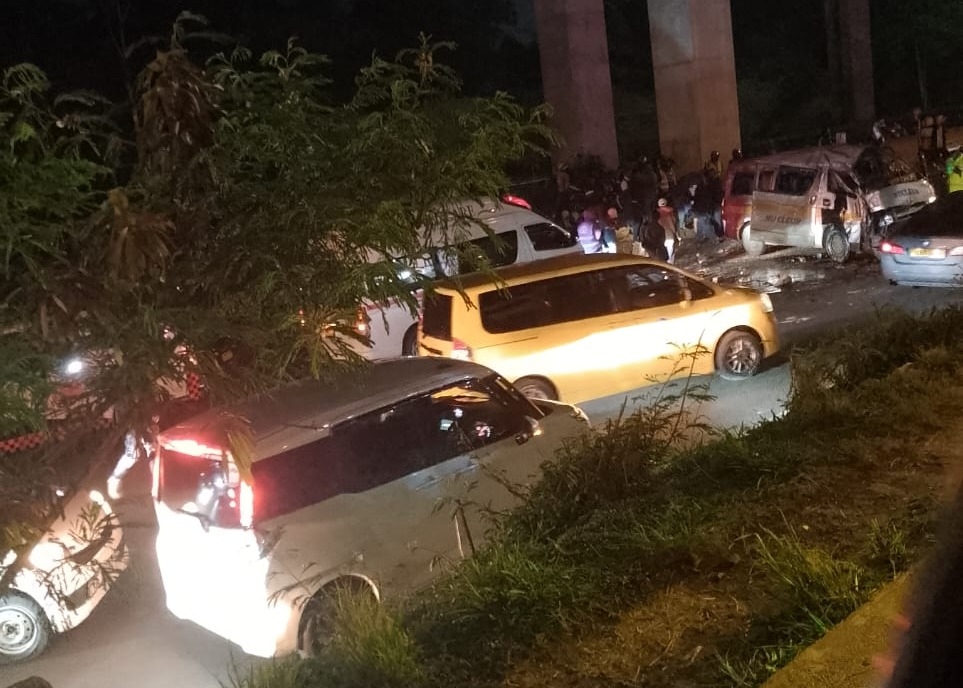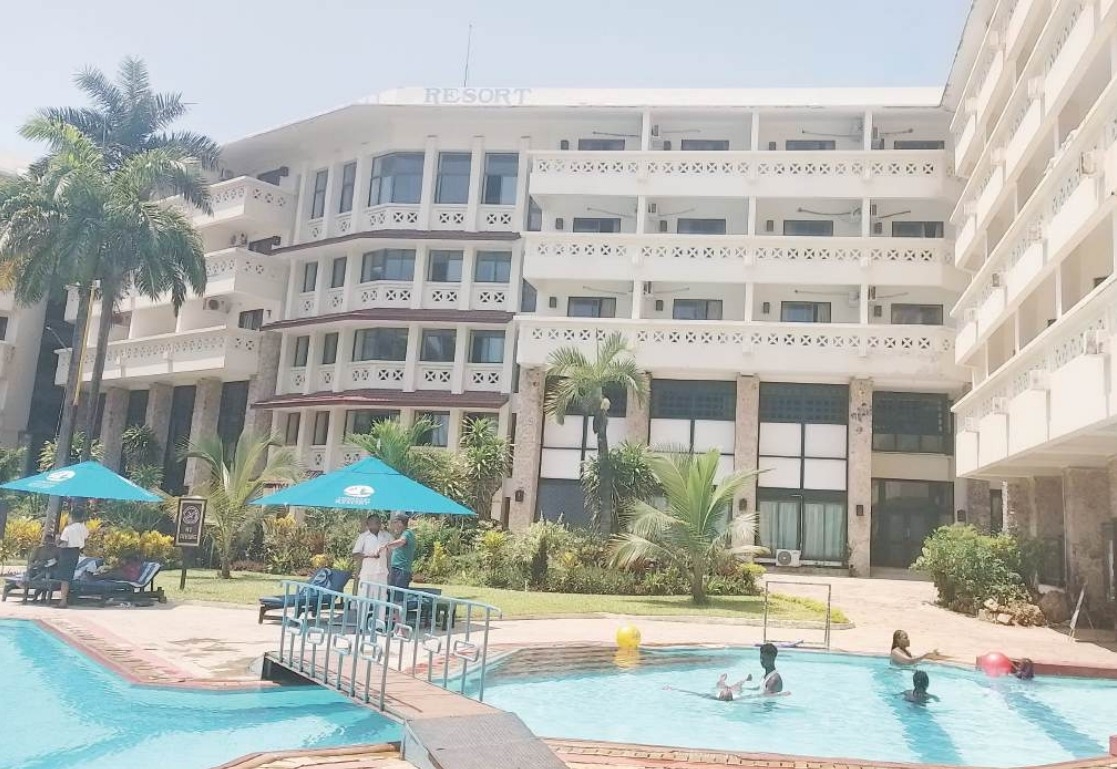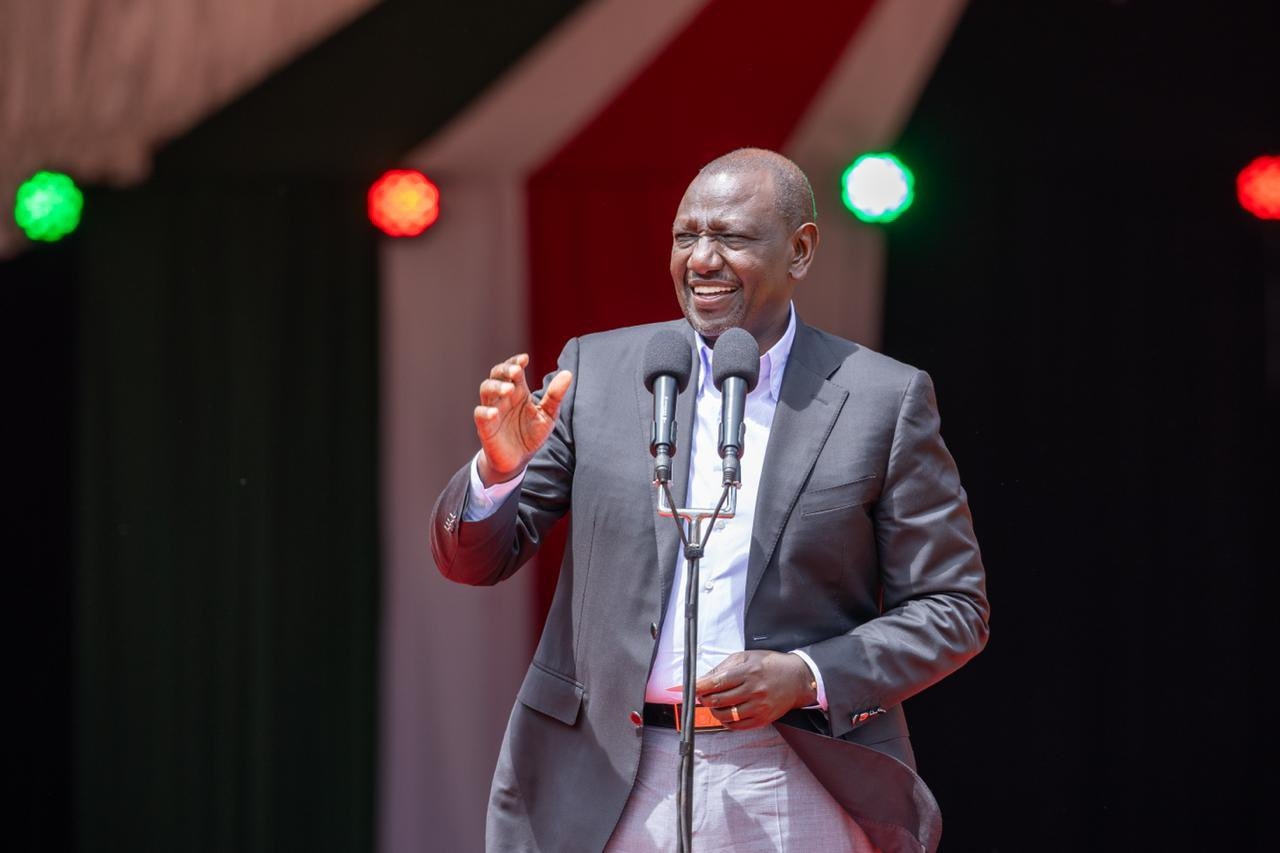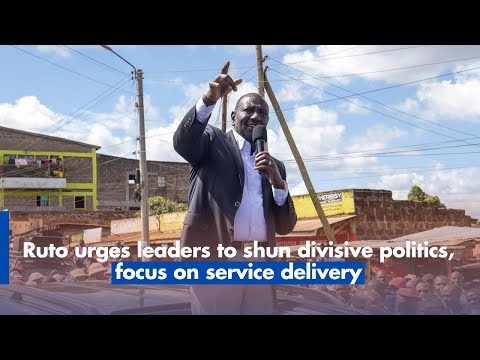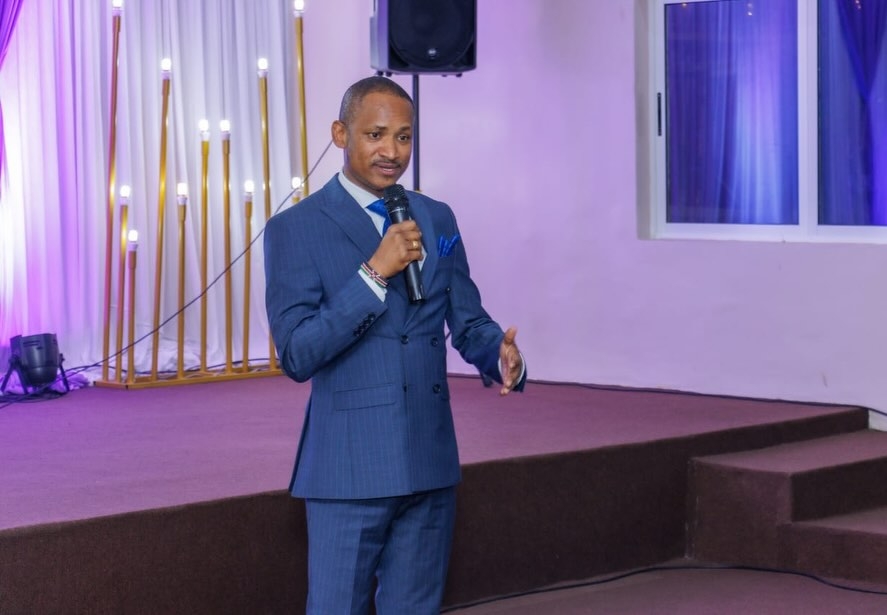While sitting for a Mathematics exam in high school, Ignatius Aghan did not have a calculator and his teacher asked him to use his brain to calculate.
He did not lack the gadget willingly, he just couldn’t afford it.
“When everyone had a calculator I was expected to use my own, they imagined I am too genius not to use one,” he said.
Aghan said a normal scientific calculator costs around Sh1,500 but a talking calculator for the visually impaired costs from Sh30, 000 to Sh60,000.
The talking calculators have to be imported.
Aghan spoke during the launch of a report by Sightsavers Kenya, which collected the experiences of youths with disabilities.
A number of them called on the government to subsidise the cost of their learning materials, which are costly.
Currently a businessman, Aghan said he would perform well in humanities and languages and not sciences.
“I heard a very senior stakeholder who is physically handicapped saying those with visual impairment are poor mathematicians," Aghan said.
Aghan attributed it to the lack of resources required to take them through their practicals and calculations.
“We would like the ministry to come up with a curriculum to help us because we are always left behind,” he said.
He also added that most visually impaired learners do not perform well even in national exams.
“The lack of resources definitely affects our performance because we are not on the same page with others,” he said.
In terms of writing material, not all students have access to the Braille machines or Braille books.
This is because of cost of purchasing them is out of reach.
“A Braille is equivalent to a pen. A pen costs Sh15 but a Braille machine costs around Sh80, 000. So the gap is unprecedented,” he said.
Aghan urged stakeholders to implement the use of orbit readers that will be used not only in school but in the workplace.
Grace Ndegwa, who uses a wheelchair for mobility, narrated her challenges with infrastructure in learning institutions.
After passing her KCPE, she was selected to join her dream school but everyone was shocked to see her on the admission day.
“I could not even get to the school compound, it was accessible. All my friends went inside and I was left outside the gate,” Ndegwa said.
She had to go back home for several weeks to allow the school to come up with a wheelchair-friendly infrastructure.
“I was at home while other students were continuing with their studies and it was very traumatising,” she said.
In terms of funding, they decried insufficient funding at the higher education level.
At the primary and secondary school level, Special Needs Learners get extra capitation but it does not extend to universities or TVETs.
Special needs director in the Education Ministry Fred Haga said the Competency-Based Curriculum has taken care of learners with special needs (SNEs) adequately.
“There might be a few discussions about how well the ministry implements policies dealing with SNEs and we are open to talks with stakeholders,” he said.
In CBC, SNEs are provided with the test on audio tape, increased space between texts and size of answer space.
When testing on passages, one complete sentence is written in a line, keywords and phrases are highlighted in directions and cues are provided with arrows.
The survey was conducted in Nairobi and Homa Bay counties with 50 in-depth interviews and analysed narrative descriptions.
Data collection was led by 20 youths living with disabilities who were recruited as peer researchers.





